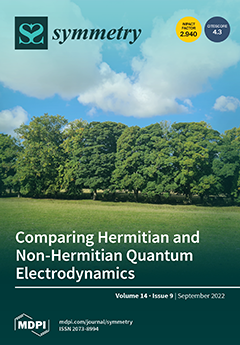Lithosphere–atmosphere–ionosphere coupling (LAIC) is studied through various physical or chemical quantities, obtained from different sources, which are observables of the involved complex processes. LAIC has been proposed to be achieved through three major channels: the chemical, the acoustic, and the electromagnetic. Accumulated evidence
[...] Read more.
Lithosphere–atmosphere–ionosphere coupling (LAIC) is studied through various physical or chemical quantities, obtained from different sources, which are observables of the involved complex processes. LAIC has been proposed to be achieved through three major channels: the chemical, the acoustic, and the electromagnetic. Accumulated evidence supporting the acoustic channel hypothesis has been published, while atmospheric gravity waves (AGWs) play a key role in LAIC as the leading mechanism for the transmission of energy from the lower atmosphere to the stratosphere and mesosphere, associated with atmospheric disturbances observed prior to strong earthquakes (EQs). The seismogenic AGW is the result of temperature disturbances, usually studied through stratospheric potential energy (
EP). In this work, we examined 11 cases of significant EQs (M > 6.7) that occurred during the last 10 years at different geographic areas by analyzing the temperature profile at the wider location of each one of the examined EQs. The “Sounding of the Atmosphere using Broadband Emission Radiometry” (SABER) instrument, part of the “Thermosphere Ionosphere Mesosphere Energetics Dynamics” (TIMED) satellite, data were employed to compute the potential energy (
EP) of the AGW. Using the temperature profile, we first calculated
EP and determined the altitudes’ range for which prominent pre-seismic disturbances were observed. Subsequently, the
EP time series at specific altitudes, within the determined “disturbed” range, were for the first time analyzed using the criticality analysis method termed the “natural time” (NT) method in order to find any evidence of an approach to a critical state (during a phase transition from a symmetric phase to a low symmetry phase) prior to the EQ occurrence. Our results show criticality indications in the fluctuation of
EP a few days (1 to 15 days) prior to the examined EQs, except from one case. In our study, we also examined all of the temperature-related extreme phenomena that have occurred near the examined geographic areas, in order to take into account any possible non-seismic influence on the obtained results.
Full article





